This year is the centenary of Dada. It was born in 1916 in the Cabaret Voltaire, a nightclub in Zurich opened by German poet Hugo Ball and performer Emmy Hennings. Refugee artists and writers from all over Europe were among its founding members – Tristan Tzara and Marcel Janco were Romanian; Hans Arp was Alsatian and Sophie Taeuber, Swiss. Germans Richard Huelsenbeck and Hans Richter were also confederates. Bringing together a confluence of avant-gardes, Dada’s absurdist response to the grotesque cataclysm of the First World War effected a permanent revolution in the relationship of art to society. Art could no longer be relied upon to please or even to be in earnest.
Ball wrote the first Dada manifesto in July 1916; Tzara, who became the movement’s chief spokesman, produced the influential second manifesto in 1918. But in 1915, European artists Marcel Duchamp and Francis Picabia had already met the American Man Ray in New York, forming a group dedicated to ‘anti-art’. They too began to use the term ‘Dada’. In 1912 Duchamp’s quasi-futurist, quasi-cubist painting Nu descendant un escalier n° 2 had caused a furore in Paris. Partly in response he had begun the intellectual journey that would culminate not just in his readymades, including the famous Fountain of 1917 (signed R. Mutt, a Dada icon), but also many of the artistic strategies that underlie modern and contemporary art.
As artists returned home after the war, Dada movements sprang up in Berlin, Paris, Hanover, and other cities. Key figures included Raoul Hausmann, Hannah Höch, and George Grosz in Berlin, whose experiments with photomontage and collage were politically barbed; Kurt Schwitters, meanwhile, developed the concept of Merz – ‘the combination, for artistic purposes of all conceivable materials’. By 1923 the Dada movement had largely dissipated, as the loosely affiliated artists pursued separate directions.
The fundamental principle of Dada was opposition to the establishment – political, social, and cultural. As the 1918 manifesto declared: ‘Art must be unaesthetic in the extreme, useless, and impossible to justify.’ Paradox, shock, and humour were its tools, chance its method, and the preferred means of expression were ephemeral, text-based or constructed out of cheap materials in defiance of any art market. Christie’s co-head of Impressionist and modern art, Olivier Camu, remarks: ‘A Dada art market is a contradiction in terms.’ There is not enough material on the market to establish clear prices. For instance, from a career spanning nearly seven decades, until his death in 1968, only about 650 items were recorded in the last edition of Duchamp’s catalogue raisonné (compared to some 50,000 by Picasso).
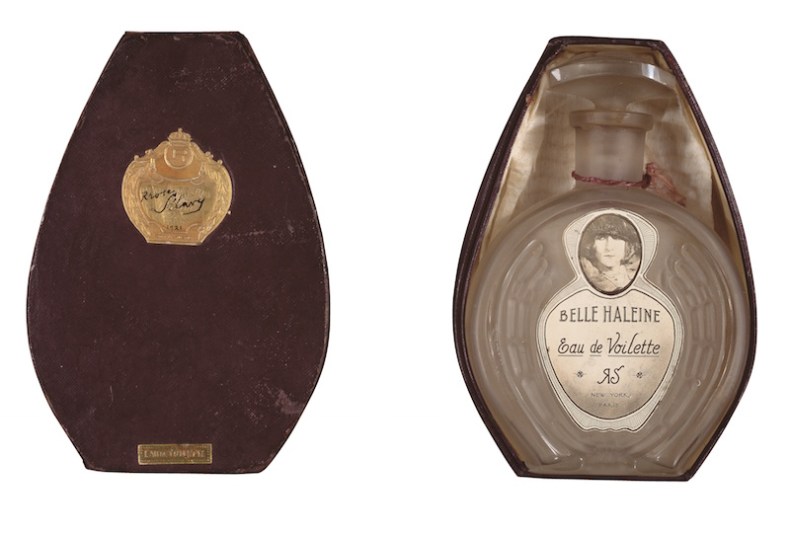
Belle haleine – Eau de voilette (1921), Marcel Duchamp. Image courtesy Christies Images Ltd 2016; © Succession Marcel Duchamp/ADAGP, Paris and DACS, London 2016
Moreover, the heterogeneity of the material makes evaluation difficult. Take Duchamp, for example. You have only to look at the current exhibition at LA Louver in Los Angeles (until 14 May), to get a sense of the range of his output – there’s everything here from magazine covers, pochoirs (limited-edition stencil prints), notes and ephemera. (Many of these are encased in a late [1966] edition of Duchamp’s Boîte-en-valise or ‘box in a suitcase’ – a portable monograph in which the artist assembled reproductions of his own work.) Indeed, at the Yves Saint Laurent and Pierre Bergé sale at Christie’s Paris in 2009, Camu could not put a higher estimate on Duchamp’s modest perfume bottle than €1m–€1.5m; Belle haleine – Eau de voilette achieved a mighty €8.9m, a world auction record for Duchamp. As Camu says: ‘Dada material is often not the easiest thing aesthetically and sometimes it is conceptually difficult, but when pieces of quality come up, they fetch extremely good prices.’ After Duchamp, it is Max Ernst and Schwitters whose work, Camu says, is most sought after. While the Ernst auction record of $16.3m, set at Christie’s New York in 2011, was for a much later work, Schwitters’ auction record is for the beautiful relief painting from his early Dada-influenced Merz period, Ja – Was? – Bild (1920), which sold at Christie’s London in June 2014 for £13.97m – more than ten times the previous record for the artist. At Christie’s New York in November 2012, a rare watercolour by Hannah Höch, ER Und Sein Milieu of 1919, also shot far past its estimate of $15,000–$20,000, achieving $386,500. Höch’s photomontage, Love in the Bush (1925), from the period when she was working closely with Kurt Schwitters, had sold the previous day at Sotheby’s New York for $230,500 (estimate $80,000–$120,000).
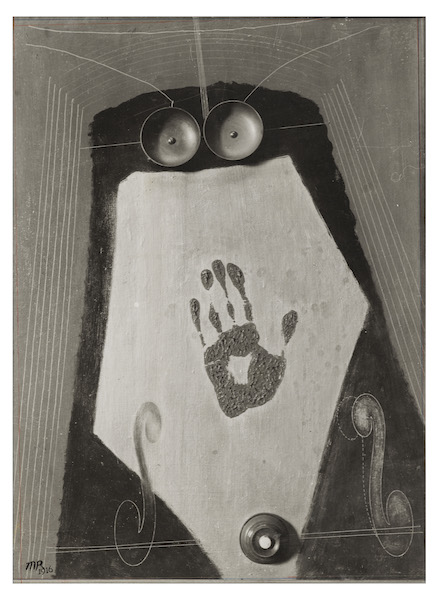
Self-Portrait (1916/1970s), Man Ray. © Man Ray Trust/ADAGP, Paris and DACS, London 2016
Thomas Boyd-Bowman, a Sotheby’s specialist in the Impressionist and modern department, says: ‘We actively look for material, because there is a deep collector base.’ He adds: ‘Dada is a dialogue amongst artists, writers, poets, performers. That is why people like the material – it gives you an insight into the collective minds of people between 1910 and 1920 – which still has significance today.’ On 26 and 27 April, the fifth instalment of the sale of books and other material from the Bibliothèque R. & B.L. at Sotheby’s Paris will focus on its Dada and Surrealist highlights. As far as more conventional works are concerned, Boyd-Bowman suggests collectors seek works by Picabia, ‘machinist works from when he was in New York with Duchamp’, or Man Ray editions of surrealist objects from earlier in his career, recreated in the 1970s with his dealer, Arturo Schwarz. At the Sotheby’s Paris sale of works from the Man Ray Trust in November 2014, the only really Dada work, the photographic Self-Portrait (1916/1970s) estimated at €5,000–€7,000, sold for €26,250. In February Picabia’s Ventilateur, with apparently purposeless cogs, painted in oil on card laid down on board, from around 1918, achieved £2.4m at Sotheby’s, nudging the top estimate of 2.5m. Boyd-Bowman acknowledges there is also a strong market in Duchamp pochoirs; in February last year a signed pochoir of Nu descendant un escalier n° 2, from 1937, fetched £106,250 (estimate £50,000–£60,000).
For venerable French dealer Marcel Fleiss of Galerie 1900–2000, the market began ‘in 1968 with the Tristan Tzara auction at Kornfeld in Bern, Switzerland, where for the first time there were hundreds of Dada works available to be sold at very low prices’. Today the situation is different, with very little material available. Fleiss says that the most sought after are works by Ernst, Man Ray, Duchamp, Picabia, ‘plus the German artists’, adding that ‘the collectors only want works from the Dada period and not later editions’. At Art Basel last year he sold Picabia’s rare collage Tableau Rastadada (1920) to the Museum of Modern Art, New York, for €600,000. This coming summer he will return to the fair and show ‘vintage Dada works – by Man Ray, Max Ernst, Hans Richter, Baargeld and so on’. Francis Naumann, a leading Dada dealer and scholar, also reports a paucity of material besides later replicas, and the difficulty of evaluation. When it comes to Dada objects, he explains, ‘It is important to understand the work with more than just your eyes.’
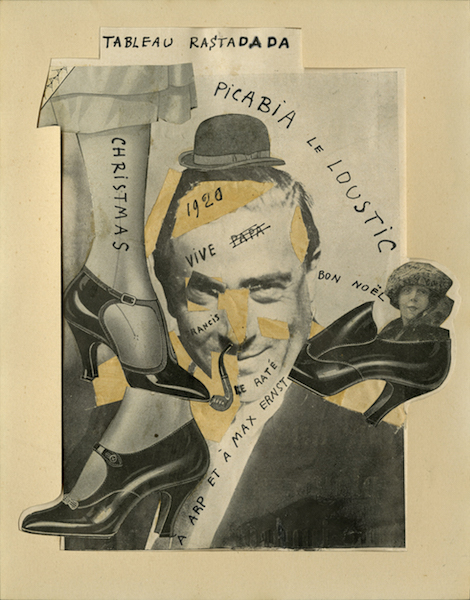
Tableau Rastadada (1920), Francis Picabia. © ADAGP, Paris and DACS London 2016
A final curiosity: last October a little-known private collection of works by Hans Richter was shown at Talisman Gallery in London. Many are still available, including a handful of his drawings from the Dada period, priced between £2,200 and £20,000.
From the April issue of Apollo: preview and subscribe here
Unlimited access from just $16 every 3 months
Subscribe to get unlimited and exclusive access to the top art stories, interviews and exhibition reviews.

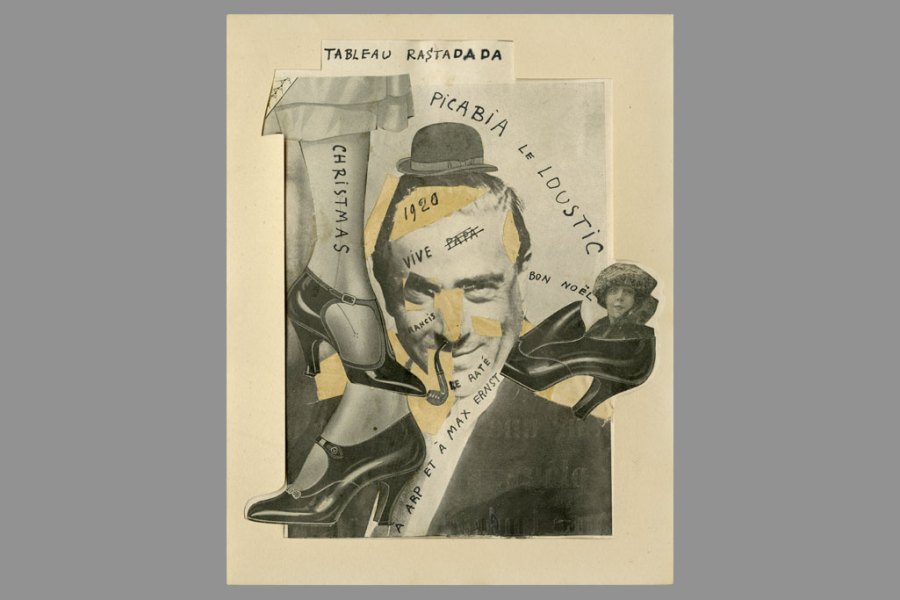
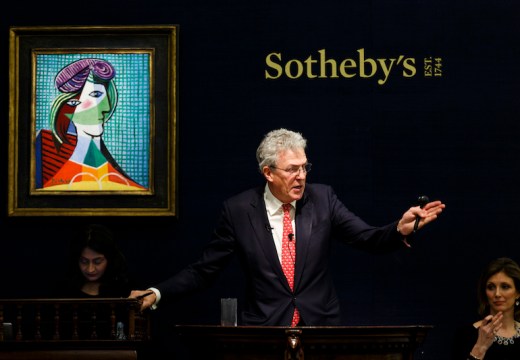

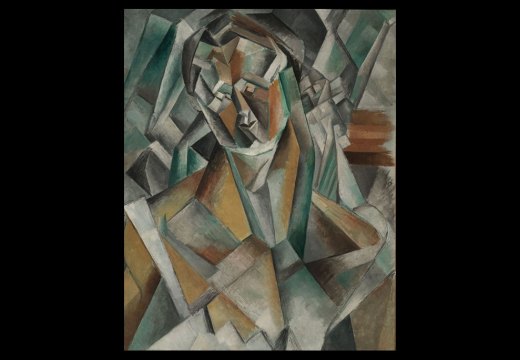








![Masterpiece [Re]discovery 2022. Photo: Ben Fisher Photography, courtesy of Masterpiece London](http://www.apollo-magazine.com/wp-content/uploads/2022/07/MPL2022_4263.jpg)
Seeing London through Frank Auerbach’s eyes